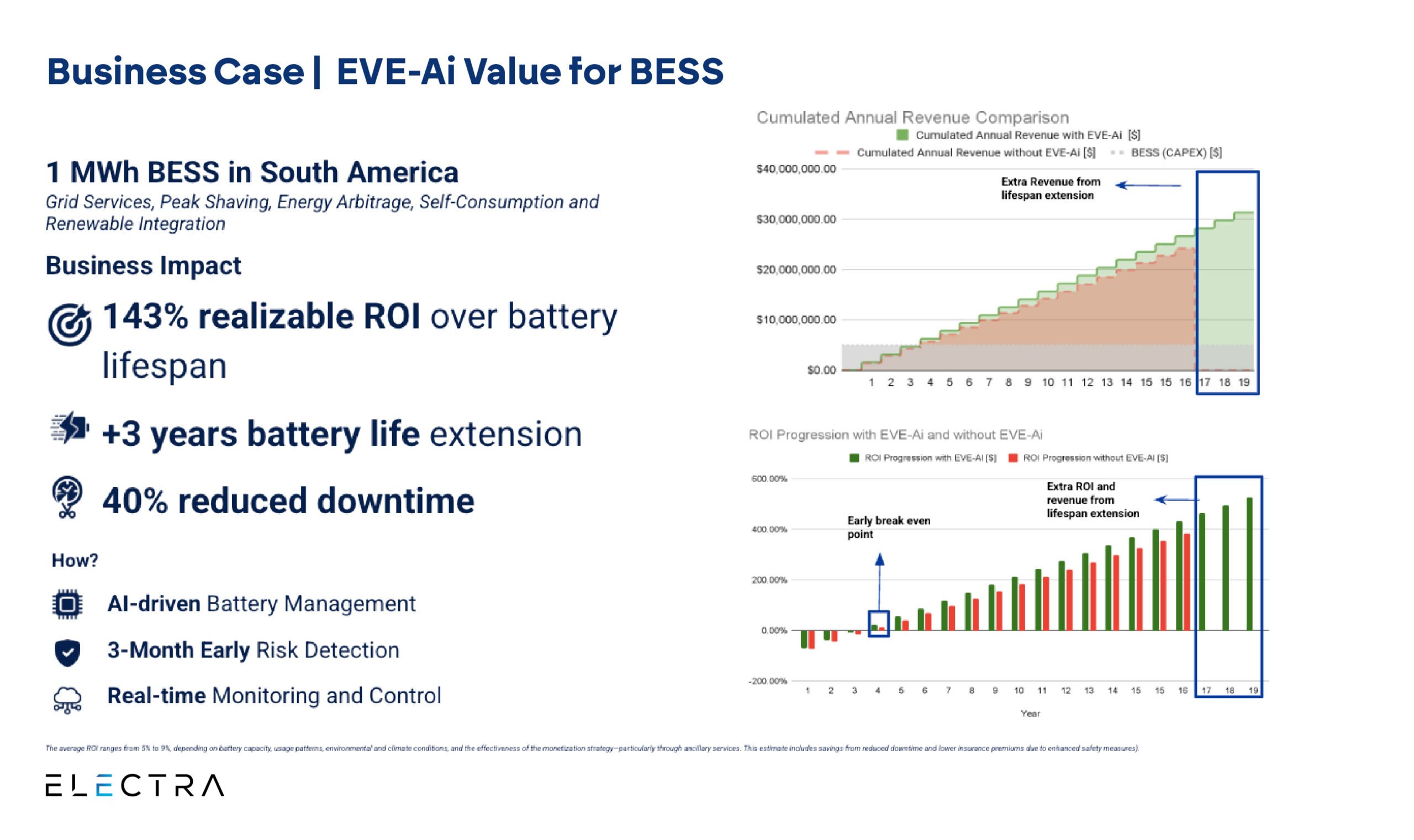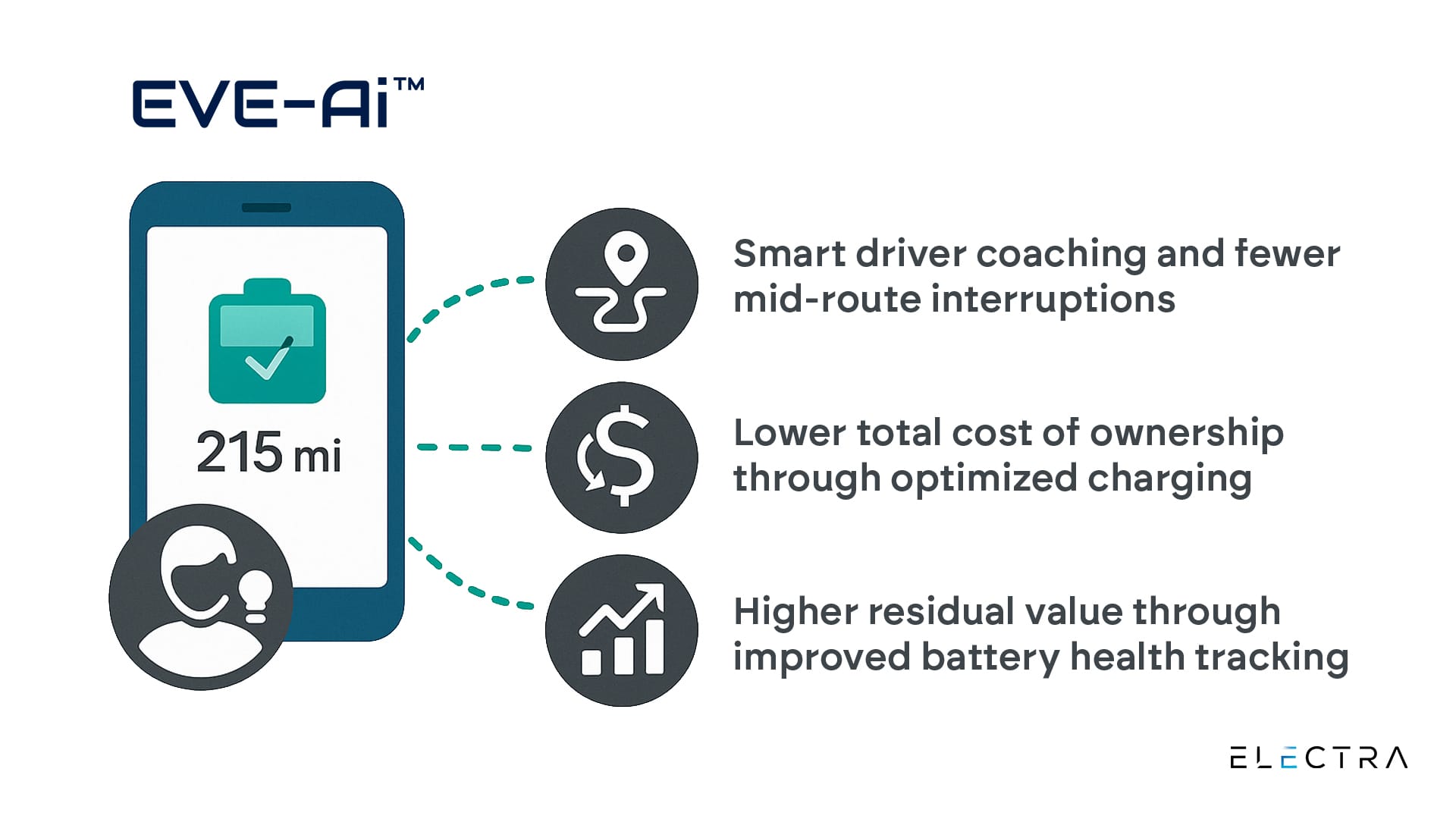Why SoC Accuracy Is the Linchpin of Profitable Energy Storage
Battery systems are becoming the invisible backbone of modern infrastructure. Whether it’s powering electric vehicles, backing up data centers, enabling grid flexibility, or storing surplus renewable energy, batteries are no longer a niche—they’re foundational.
Yet despite their growing strategic importance, many operators are flying blind when it comes to one of the most critical variables in battery management: State of Charge (SoC).
The True Cost of Inaccuracy
At first glance, an SoC estimation error of 2–5% might seem like a minor technical glitch. In reality, it’s a multi-million-dollar problem.
As highlighted in a recent analysis by Tamarindo Global, even a 1% error in SoC can materially erode the financial performance of energy storage assets. In high-revenue markets like the UK, where a 68 MW BESS system can yield between £2.4M and £6M per year, these inaccuracies translate directly into lost revenue, penalties, and missed opportunities in capacity markets.
And this isn’t an isolated case. Globally, asset owners are discovering the hard way that imprecise SoC data leads to:
- Underutilized capacity and conservative dispatching.
- Inability to meet contractual obligations for grid services.
- Premature degradation due to stress from improper cycling.
- Costly maintenance interventions that could have been predicted and avoided.
In one case, an Australian operator was fined over $500,000 for failing a capacity test—due entirely to incorrect SoC reporting by the battery’s onboard BMS.
Why Traditional BMS Isn’t Enough
The core issue lies in legacy Battery Management Systems (BMS), which rely heavily on voltage-based estimations and basic modeling. This is especially problematic for LFP (Lithium Iron Phosphate) batteries, which have a notoriously flat voltage discharge curve. In these cases, voltage tells you little to nothing about how much energy remains.
Add to that environmental conditions, aging effects, and load variability—and SoC accuracy quickly becomes a moving target that traditional systems simply can’t hit.
That’s where intelligent, AI-driven battery management becomes not just helpful—but essential.
From Static BMS to Dynamic Intelligence
The EVE-Ai™ Shift
At Electra Vehicles, we believe battery performance should be as predictable and tunable as any other enterprise asset. That’s the driving force behind our EVE-Ai™ platform, which brings cloud-based intelligence to every aspect of battery operation—whether in a vehicle, a BESS, or a complex hybrid energy system.
Stationary Storage an E-Mobility: Two Domains, One Need for Precision
While both e-mobility and stationary storage rely on batteries, the operational context, risk exposure, and optimization levers are fundamentally different.
But there is More Than SoC: Understanding SoH, RUL, and Risk
SoC may be the most visible performance metric—but it’s just one piece of a much bigger puzzle. To unlock the full economic and operational potential of batteries, stakeholders must integrate:
- SoH (State of Health): An understanding of how capacity and resistance evolve over time. Electra’s models track degradation on a cell-by-cell level, supporting smarter asset planning and warranty strategies.
- RUL (Remaining Useful Life): Critical for determining when a battery should be replaced, repurposed, or maintained. EVE-Ai models future degradation trajectories—not just past performance.
- Embedded Risk Analysis: EVE-Ai detects signs of failure months before traditional systems do—flagging thermal imbalances, chemical stress, and mechanical anomalies before they escalate.
Together, these metrics form the true heartbeat of battery intelligence—and the foundation of next-generation energy storage economics.
In Stationary Storage: It’s About Revenue, Risk, and Longevity
Battery Energy Storage Systems (BESS) function like flexible power plants. Their performance determines whether operators can meet commitments for grid services, energy arbitrage, peak shaving, and backup power.
In this space, SoC inaccuracies lead to:
- Revenue losses from inefficient dispatching
- Penalties from failing availability or capacity tests
- Increased O&M costs due to unnecessary cycling
- Shortened asset lifespan and accelerated depreciation
Here, Electra’s EVE-Ai™ platform offers quantifiable impact. In a recent South American deployment, our AI-powered system delivered:
- ✅ 143% realizable ROI over battery lifespan
- ✅ +3 years battery life extension
- ✅ 40% reduction in downtime
- ✅ 30% lower maintenance costs
- ✅ 3-month early fault detection
These results aren’t abstract—they’re based on real-time optimization of SoC, SoH, and RUL, tailored to the dynamic demands of stationary storage.

In E-Mobility: It’s About Trust, Usability, and Fleet Efficiency
In the world of EVs, precision has a different purpose: building driver confidence, minimizing operational disruption, and protecting the vehicle’s value.
Electra’s EVE-Ai™ Range Expert was designed to meet this need. It combines battery data, environmental conditions, and driving behavior to deliver real-world range estimations with <1% error—reducing range anxiety by up to 20% and optimizing energy use on the road.
For EV fleets and OEMs, the impact includes:
- Smart driver coaching and fewer mid-route interruptions
- Better route planning and uptime for last-mile, ride-hailing, or delivery fleets
- Lower total cost of ownership through optimized charging
- Higher residual value through improved battery health tracking
Both domains—stationary and mobile—share a need for accurate battery intelligence. But the business models, consequences of error, and KPIs are unique. EVE-Ai adapts to each use case, delivering precision where it matters most.

The Business Case: Why SoC Accuracy Is a Competitive Advantage
Getting SoC right means more than better dashboards. It means:
- Maximizing arbitrage revenue
- Winning capacity contracts with confidence
- Avoiding expensive penalties
- Delaying CapEx through extended battery lifespan
- Raising investor trust in asset performance and safety
Across both domains—stationary and mobile—SoC accuracy has emerged as the new strategic KPI.
Conclusion: Accuracy Is the New Energy Currency
In the rapidly scaling world of electrification, precision isn’t a luxury—it’s a requirement. Batteries are too valuable, too integrated, and too strategically important to be managed with rough estimates and static models.
SoC, SoH, and RUL are no longer just technical acronyms. They are the levers of financial performance, operational trust, and long-term asset value.
With EVE-Ai, Electra Vehicles empowers operators across e-mobility and energy storage to shift from reactive management to data-driven foresight, predictive optimization, and resilient profitability.
If energy is the new oil, then battery intelligence is the refinery.
And SoC accuracy? That’s your metering system.

